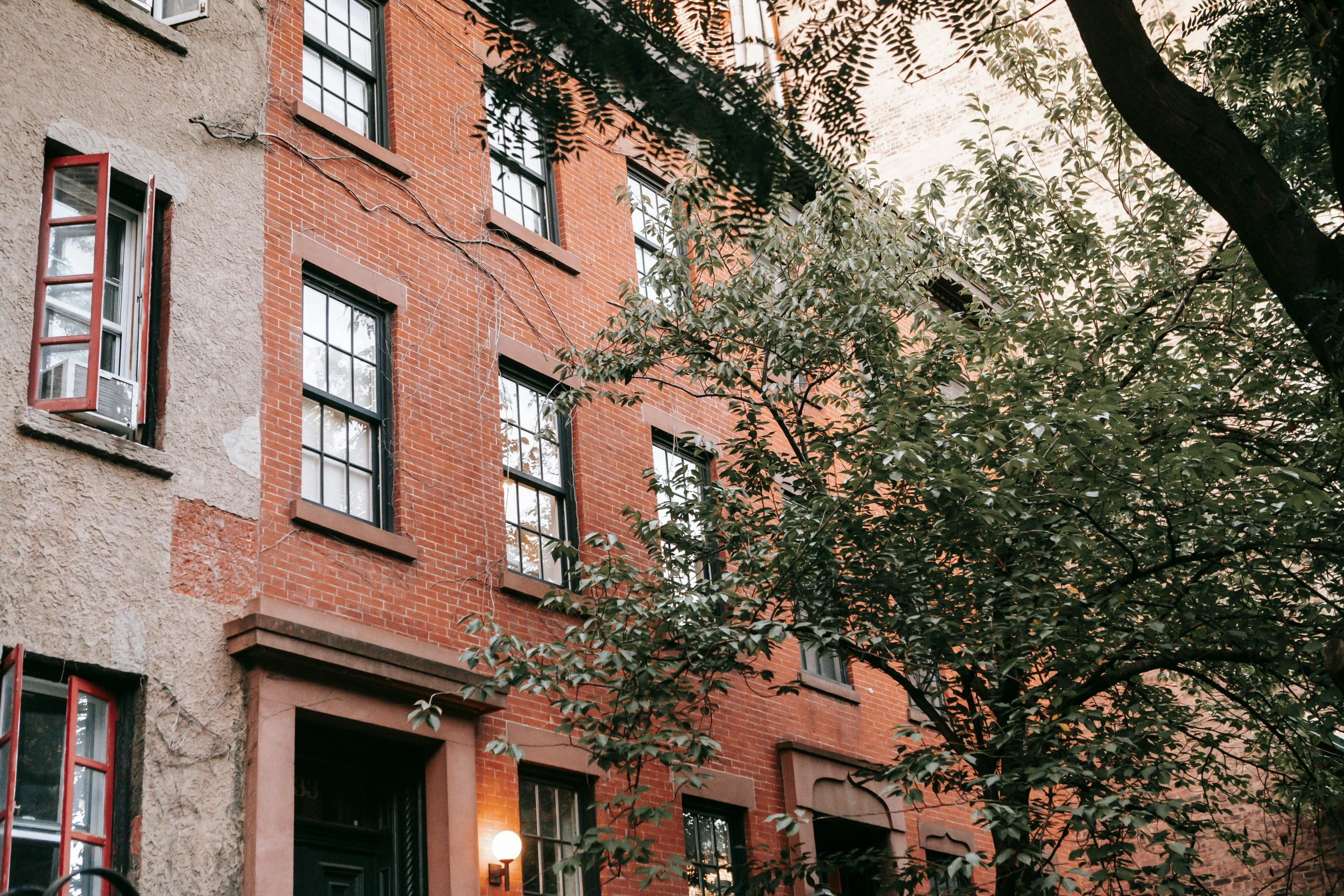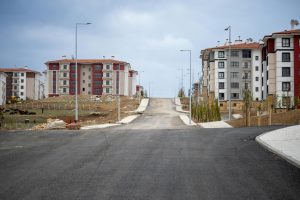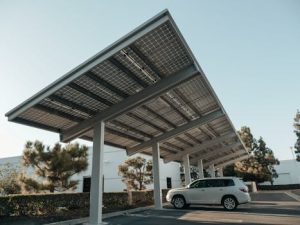The Rise of Accessory Dwelling Units (ADUs) in Urban Neighborhoods
Accessory Dwelling Units (ADUs) have long been a topic of discussion in the world of real estate, but recently they have become a hot trend in urban neighborhoods. These units, also known as granny flats or in-law units, are secondary homes built on the same lot as a primary residence. They have been gaining popularity for their potential to provide additional housing options while also helping homeowners generate rental income. This rise in ADUs has not gone unnoticed, as cities and urban planners are now paying attention to this unique housing solution. Let’s explore the reasons behind the surge of ADUs in urban neighborhoods and their impact on the housing market.
The Benefits of ADUs in Urban Neighborhoods
The growing need for affordable housing options has been a major driving force behind the rise of ADUs in urban neighborhoods. With rising housing costs and a shortage of housing in many cities, ADUs have emerged as a viable solution. These units can provide affordable housing options for renters in prime locations with easy access to urban amenities.
Furthermore, ADUs allow homeowners to generate additional income by renting out the unit. This can be particularly beneficial for older homeowners who may be looking to supplement their retirement income. It also provides an opportunity for low-income homeowners to generate additional income and potentially stay in their homes longer.
From an environmental standpoint, ADUs are more sustainable than building new homes in suburban areas. They make use of existing infrastructure and do not require additional land development, reducing the ecological footprint of urban neighborhoods.
The Impact on the Housing Market
The rise of ADUs in urban neighborhoods has had a significant impact on the housing market. One of the biggest benefits is the increase in housing supply. With the addition of ADUs, cities can create more housing options without the need for large-scale development projects. This can help alleviate the high demand for housing in urban areas, making it more accessible and affordable for renters.
As ADUs become more prevalent, they also have the potential to increase property values in urban neighborhoods. These units can add value to a property, making it more appealing to potential buyers. Additionally, the potential for rental income can make a home more attractive to buyers, as it can help offset the cost of homeownership.
The Role of Government Regulations
The rise of ADUs in urban neighborhoods has not come without challenges. Government regulations and zoning laws have played a significant role in determining where and how ADUs can be built. Some cities have been proactive in their approach to ADUs, implementing policies and incentives to encourage their construction. Others have been more hesitant, with stricter regulations and limitations on where ADUs can be built.
However, the increasing demand for affordable housing and the potential benefits of ADUs have put pressure on policymakers to revise regulations and make it easier for homeowners to build these units. In cities like San Francisco and Seattle, ADUs have been embraced as a means to address the housing shortage, and regulations have been amended to allow for easier construction of these units.
Conclusion
The rise of ADUs in urban neighborhoods is a trend that shows no signs of slowing down. These units offer a unique solution to the affordable housing crisis and provide benefits for both homeowners and renters. While there are still challenges to overcome, it is clear that ADUs have become an integral part of the housing market in urban areas, and their impact will continue to be felt for years to come.










